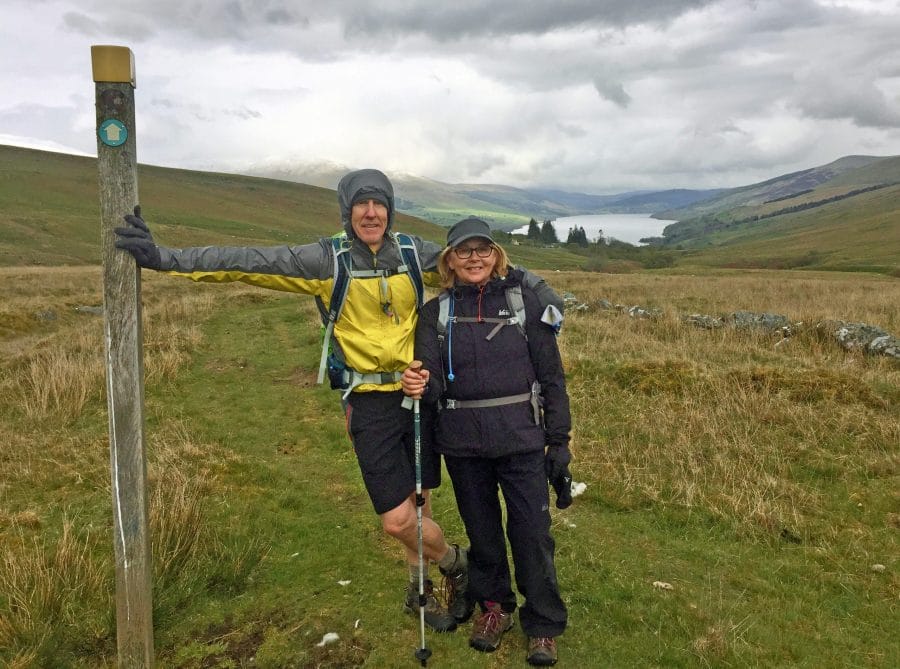Rob Roy Macgregor is known as the Scottish Robin Hood. MacGregor lived in the highlands from 1671 to 1734. While the rich and rulers ostracized him as an outlaw, he achieved fame as a rebellious folk hero during his lifetime. Learn more about who Rob Roy was and his eventful life in this post.
1. Rob Roy’s name comes from his hair color.
The Scotsman later known as Rob Roy, was born Robert MacGregor. He owes his nickname to his fiery red hair, which he inherited from his mother. Rob Roy basically means Red Rob.

2. The Scottish Robin Hood
Whether with nobles, prison guards, soldiers or military leaders, Rob Roy was known throughout his life for messing with the authorities. During the Jacobite revolts, he opposed the Protestant English Royals and as a drover he stole from the rich. Apparently he gave to the poor too although is more debated. For over a decade he fought against all attempts to capture him as an outlaw.
All of this was enough to popularly make Robert MacGregor the Scottish Robin Hood. While it’s not entirely clear to what extent he fought for social justice, his rebellious nature has long made him a symbolic figure of the Scottish resistance.
3. Rob Roy was a rebel even as a 18-year-old.
At the age of eighteen, Rob Roy took part in an important political movement: the Jacobite uprisings. His father Donald MacGregor was a staunch Jacobite. In 1689, he fought alongside many other Scottish clans in the Battle of Killicrankie.
4. The Battle of Killiecrankie (1698) lasted only ten minutes.
Yet it cost the lives of thousands of men. Under Bonnie Dundee’s leadership, two thousand Highlanders faced twice as many English soldiers. Though outnumbered, the Scots recorded fewer casualties. 30% of the Scottish warriors died compared to 60% of the English soldiers.
The Scots, however, did not come out of the battle victorious. Bonnie Dundee was killed, leaving the Highlanders without a leader and ending the battle.
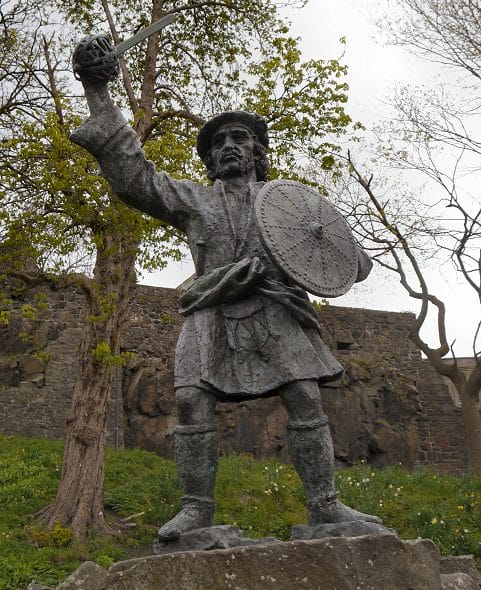
5. The Jacobite Risings: A Question of Loyalty.
The Jacobites declared their allegiance to King James II after he was overthrown from the throne by his daughter Mary and her husband William of Orange during the Glorious Revolution in 1688. James was the last Catholic monarch of England.
However, the wave of loyalty that followed his removal is not only understood as an expression of opposition to the Protestant succession to the throne. His supporters belonged to the most diverse groups, many were Protestants themselves. Their loyalty was politically, patriotic or even economically motivated.
The diversity of its supporters ultimately ensured that the movement failed due to internal disputes.
6. Rob Roy earned his reputation and wealth as a drover
After the Battle of Killiecrankie, Rob Roy MacGregor got into the family business: herding cattle. That meant he guarded herds of highland cattle. For a certain fee, he made sure that the animals were safely driven to other meadows. And stole or caused the disappearance of cattle from those unwilling to pay.
This kind of ‘protection money extortion’ was seen as a respectable income in Scotland at that time.
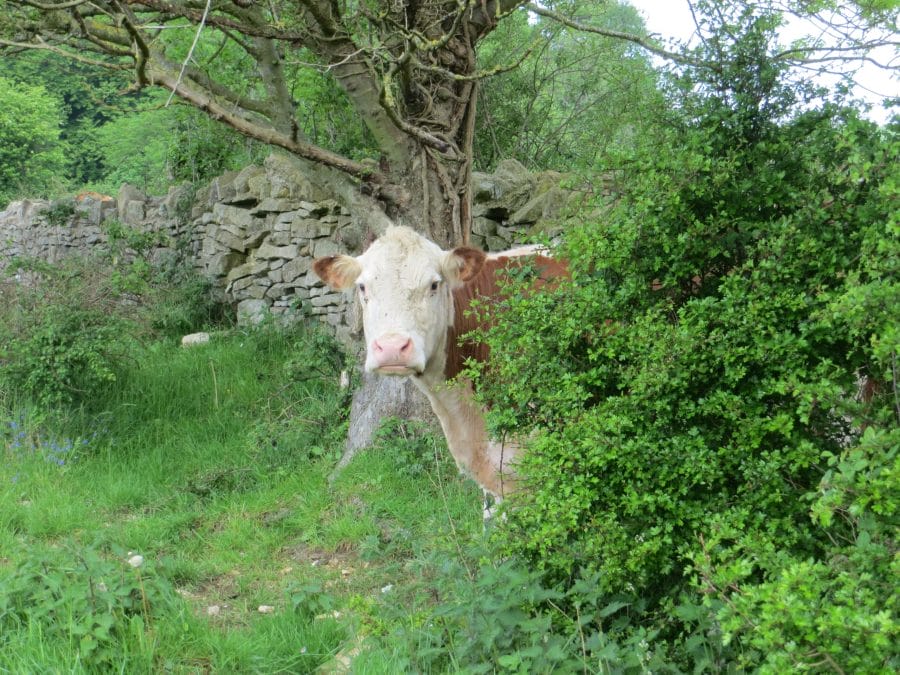
7. Highland cattle were not considered private property
It is important to know that highland cattle were common property in Rob’s day and, strictly speaking, could not be stolen.
8. Rob Roy and love
Robert was married to Mary MacGregor and had four sons with her. Apparently Rob Roy won Mary over by bringing her to romantic places in the Scottish Highlands. One of those places is the charming waterfall at Helen’s Pool near Aberfoyle. Just before Aberfoyle, the Rob Roy Way walking trail begins in Drymen and brings you through many of the famous locations from Rob Roy’s life.
9. Rob had an archenemy: the Duke of Montrose
Everything changed in 1711. To add to his own holdings, MacGregor took out a loan from the Duke of Montrose. This led to dramatic consequences. It was said that the drover MacGregor, entrusted with the money to buy cattle, did not return it.
Whether this is true is still a mystery. In any case, Rob Roy was driven from his land as an outlaw and his house burned down. There was a bounty on his head.
The defensive MacGregor began a campaign of revenge against Montrose and stole from him regularly.
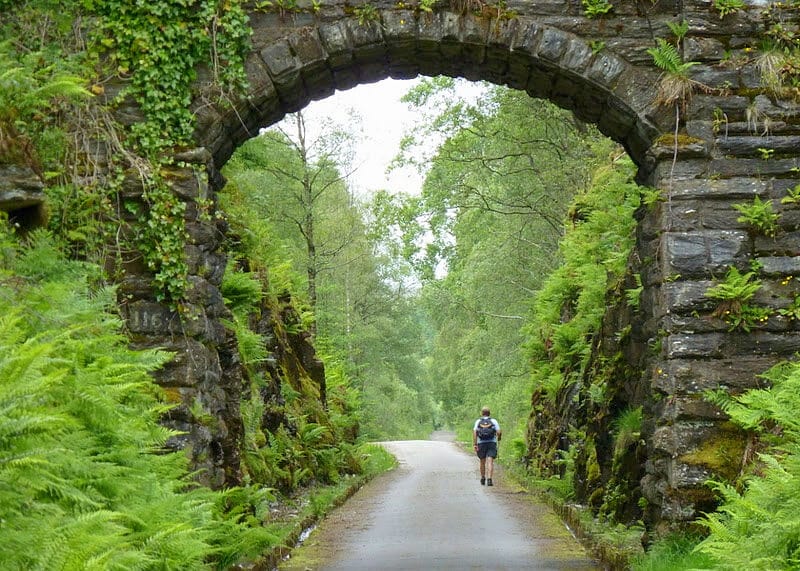
10. 1715 The battle of Sheriffmuir and a conflict of conscience
Rob Roy joined another episode of the Jacobite Rising. In 1715, 12,000 Highlanders moved to the Lowlands under the command of John Erskine. This came to a head at the battle of Sheriffmuir.
Rob Roy hesitated, however: the Duke of Argyll wanted to prevent the invasion of the Lowlands. He was the only one who had assisted Rob Roy in his private campaign of revenge against the Duke of Montrose. His conflict of conscience is typical of the internal conflicts of interest that occurred during the Jacobite uprisings.
11. Robert MacGregor was a legend even in his lifetime.
Several novels have been written about Rob Roy’s wild life. It is astonishing that the first ones were published before his death. In 1723, Highland Rogue was published by Daniel Defoe, the author of Robinson Crusoe. Around a hundred years later, Sir Walter Scott wrote the novel Rob Roy.
Both works are arguably not that exacting of historical truth, but portray MacGregor as a friendly villain.
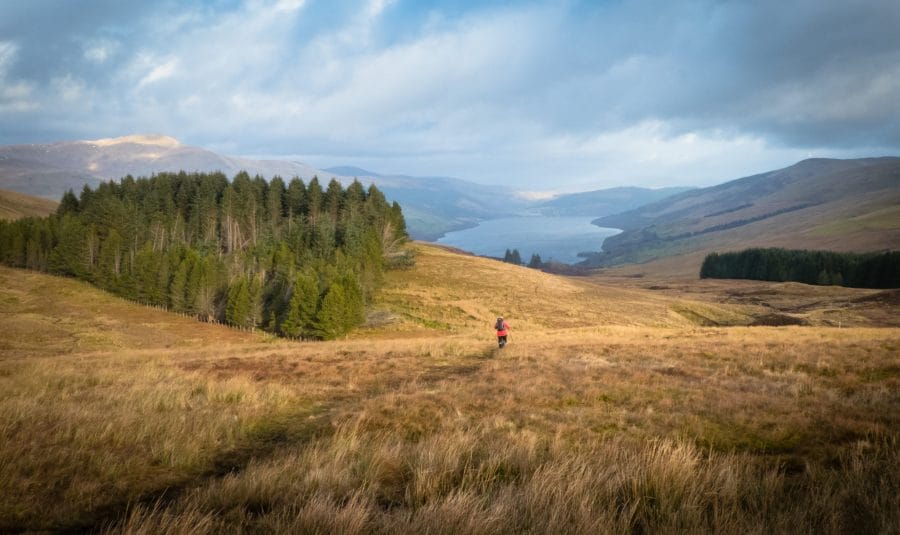
12. Robert MacGregor died peacefully in his bed.
Even if his rebellious behavior does not suggest it, MacGregor was pardoned as part of a general amnesty in 1727 and died peacefully in his bed on December 28, 1734.
13. Even the inscription on his headstone is defiant.
Rob Roy’s grave is in Balquhidder. MacGregor’s final resting place can be found on the Rob Roy Way just outside Kingshouse.
The inscription attests once more to his rebellious and indomitable character. It reads: MacGregor Despite Them.
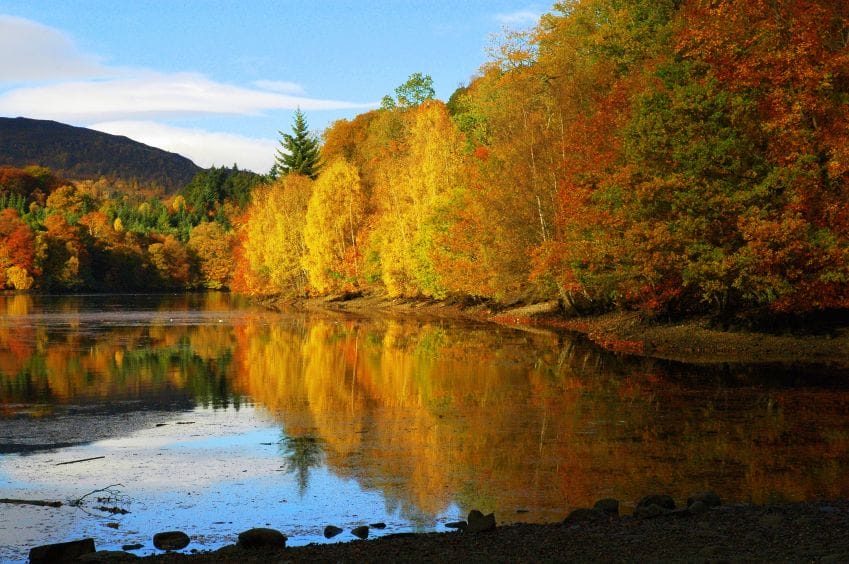
14. Liam Neeson played Rob Roy.
The legendary film adaptation from 1995 saw Liam Neeson in the lead role as Rob Roy. Michael Caton-Jones’ Rob Roy is also not the first film adaptation of this highland story. Walt Disney Productions shot Rob Roy – The Royal Rebel in 1953.
15. The Rob Roy movie was not shot on location.
Although the filming of Michael Caton’s film was in Scotland, it was not filmed in the historical locations where Rob Roy roamed. In order to avoid signs of modern civilization and visitors, the filming took place in wilder parts of the highlands.
16. Drummond Castle is the only place where the historical and fictional Robert MacGregor meet.
If you want to visit a place that both served as a film set and was visited by Rob Roy, the only options is Drummond Castle. MacGregor was housed in this picturesque castle with adjoining terrace gardens after he was wounded in the battle of 1689.
As a landmark of days gone by, this imposing building, not far from Rob Roy Way, is worth a visit anyway.
17. The Rob Roy Way is one of Scotland’s Great Trails
The Rob Roy Way is one of Scotland’s most famous Great Trails. The 127-kilometer (79 mile) hiking trail is located in the middle of the area where Robert MacGregor was once at home and was only opened in 2002.
Parts of the route (e.g. Drymen to Aberfoyle) even run on the same paths on which the drovers tended the highland cattle.
